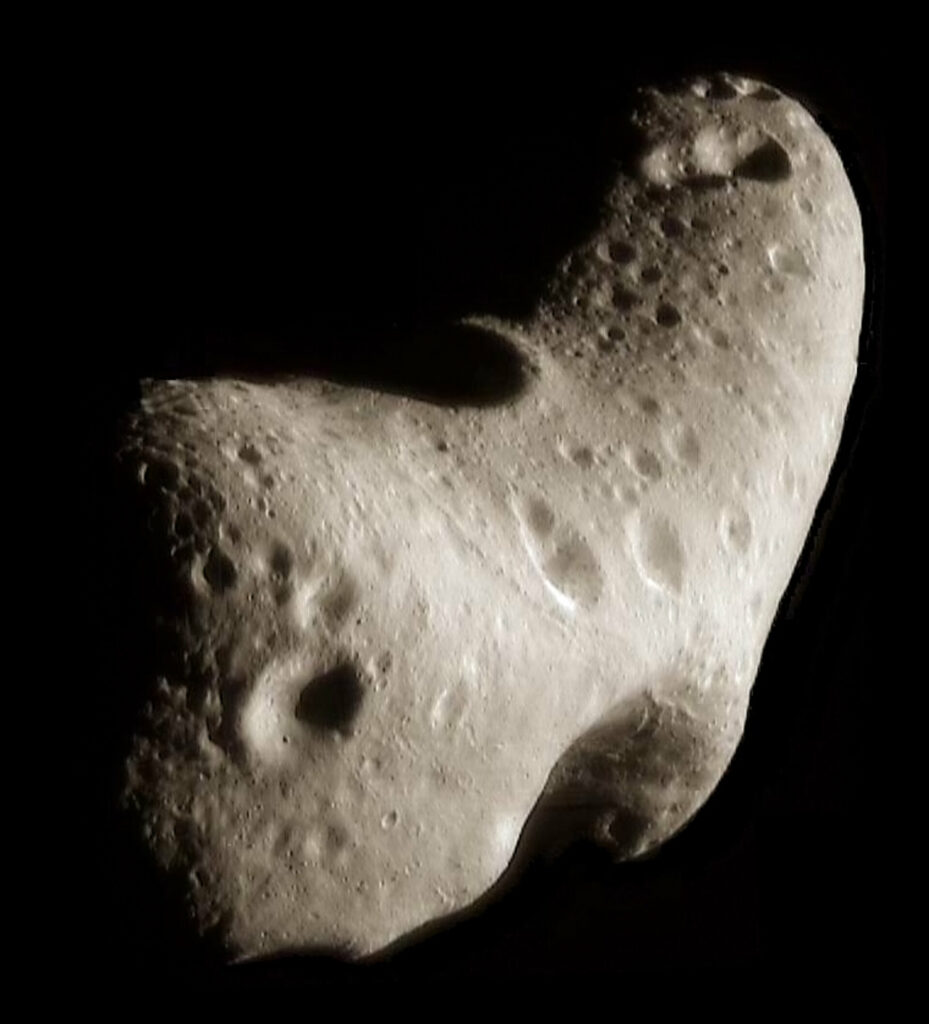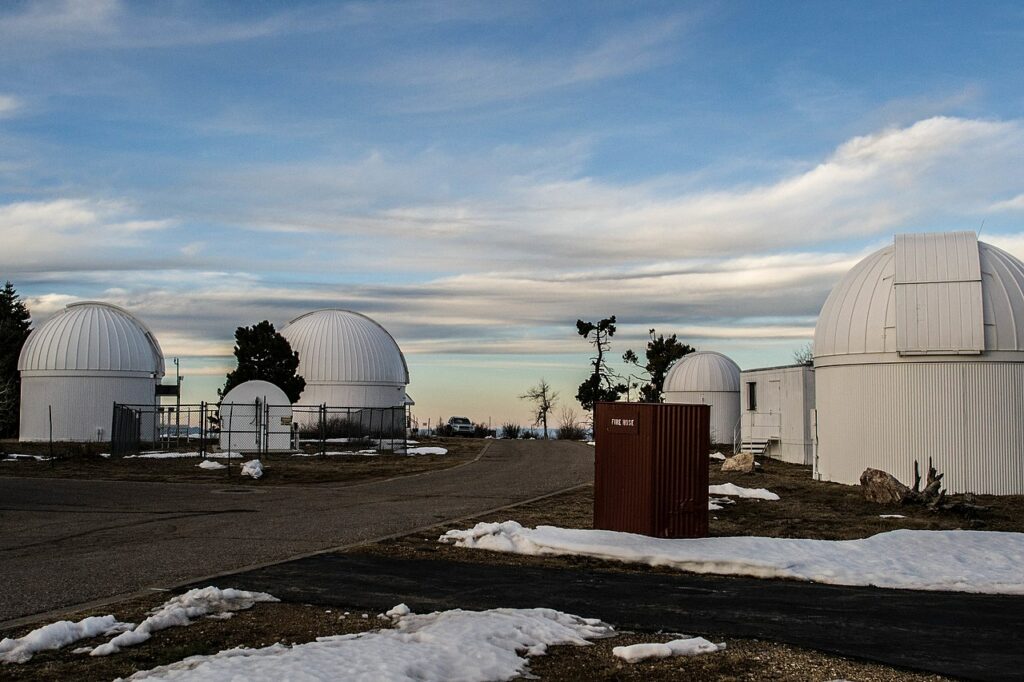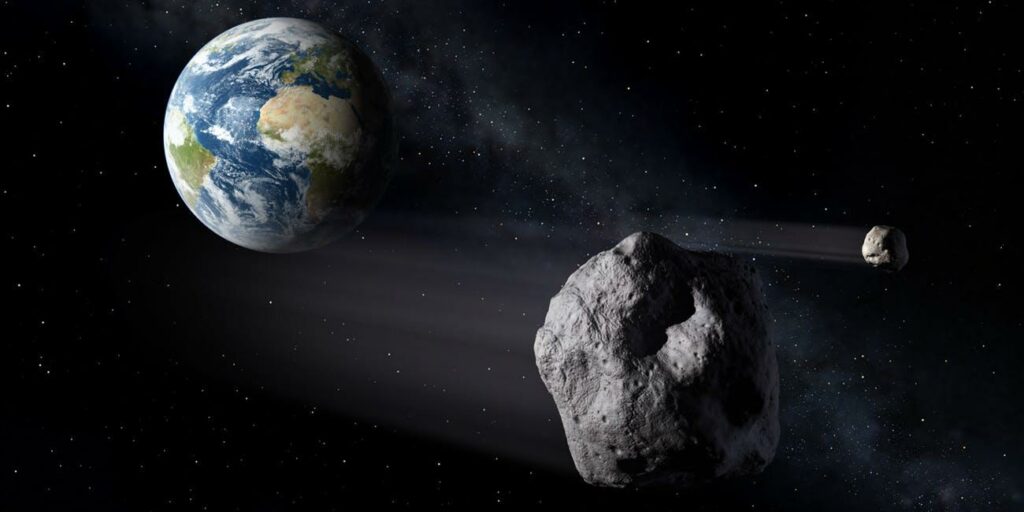The European Space Agency (ESA) has announced that an important milestone has been overcome. The number of near-Earth asteroids found by astronomers has exceeded the mark of 30 thousand objects.
What is a near-Earth asteroid
Near-Earth asteroids are small bodies of the Solar system which perihelion (the point of minimum approach to the Sun) is less than 1.3 au. This means that in their movement they approach the Earth’s orbit at a distance of less than 45 million km.

Eros became the first near-Earth asteroid discovered in history. This happened back in 1898. Its diameter is 30 km, in the course of its orbital motion, it occasionally approaches the Earth at a distance of 22 million km. Eros also became the first asteroid in history to be explored by a specialized mission. In 2000, the NEAR Shoemaker spacecraft entered orbit around a small body, and in 2001 made a soft landing on its surface.
Search for near-Earth asteroids
The bulk of near-Earth asteroids are found on images of specialized celestial surveys, such as the Catalina Celestial Survey. They scan the sky searching for moving objects.

More powerful instruments, such as the ESO’s Very Large Telescope, can be used for additional observations to clarify the size of asteroids and collect additional data on their structure and composition. Spacecraft like the Gaia Observatory are also involved in the search for near-Earth objects.
Number and danger of near-Earth asteroids
30 thousand near-Earth asteroids found by astronomers are just the tip of the iceberg. In reality, there are many more such objects, and many of them are still waiting to be discovered.

According to astronomers, of all the near-Earth asteroids known to date, 1,425 have a “non-zero” chance of colliding with Earth. This means that under certain circumstances in the future they may fall on our planet. At the same time, over a thousand of these objects have a diameter of less than 50 meters. In addition, calculations show that none of the potentially dangerous near-Earth objects will collide with the Earth in the next hundred years.
Nevertheless, space agencies are already studying ways to deflect a threatening object from the Earth. NASA recently tested one of them in practice by hitting the Dimorphos asteroid with the DART probe. The experiment was a success. The ram caused the Dimorphos’s orbital period to change by 32 minutes, which is much longer than the models predicted.
According to https://www.esa.int
Follow us on Twitter to get the most interesting space news in time
https://twitter.com/ust_magazine

